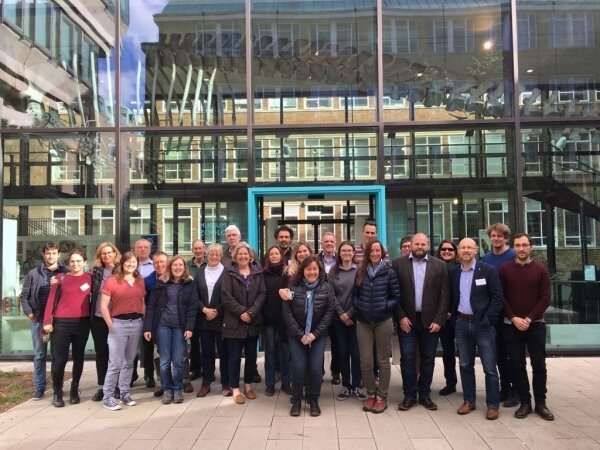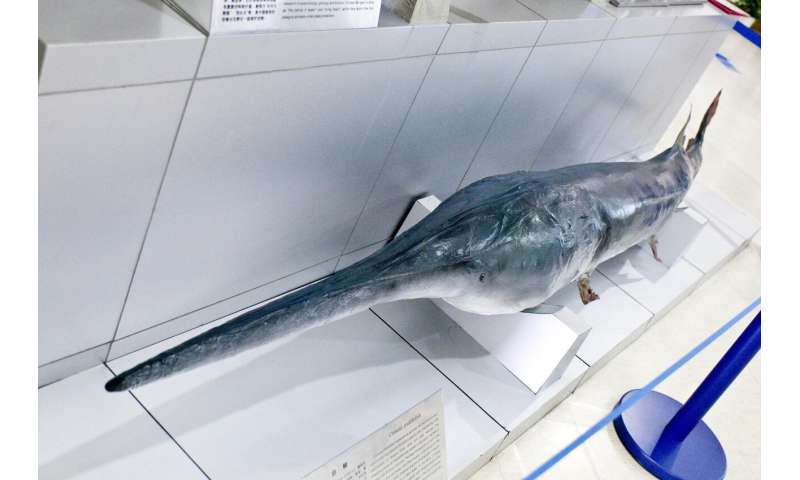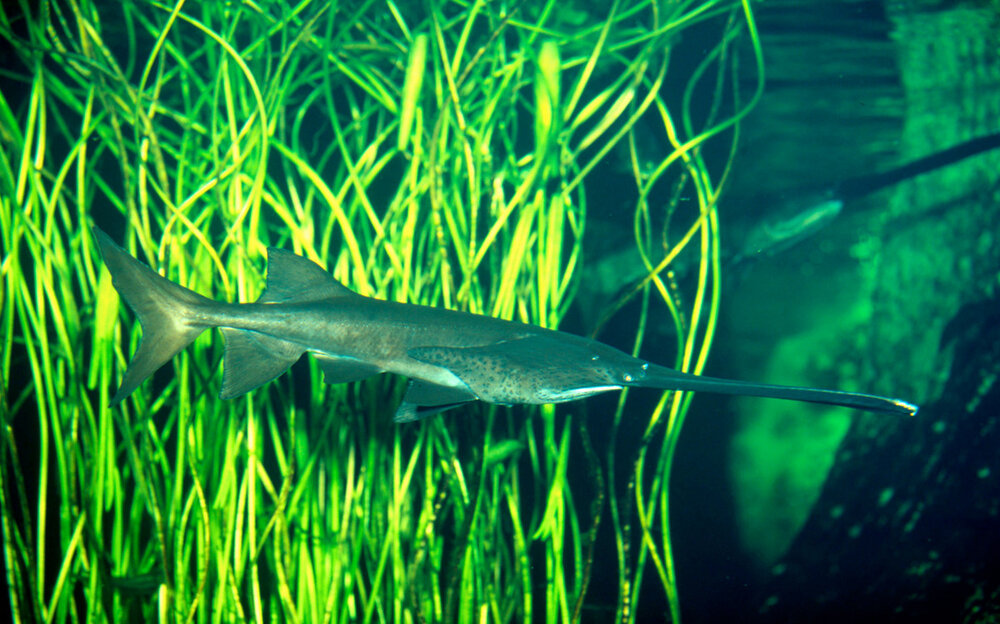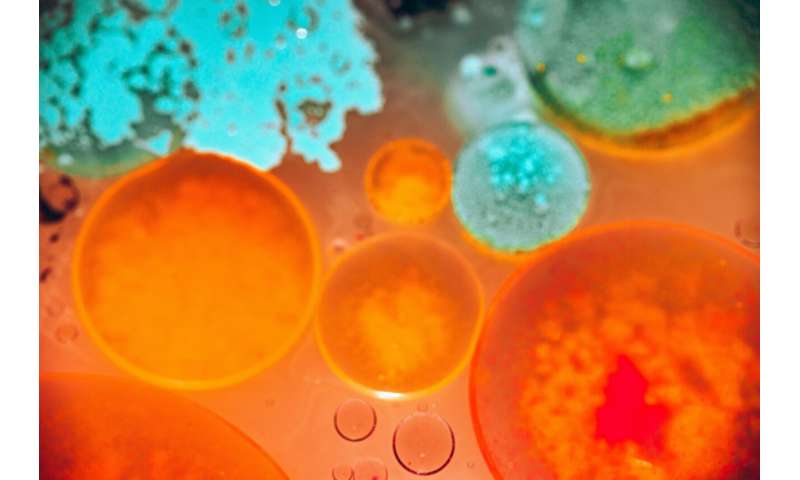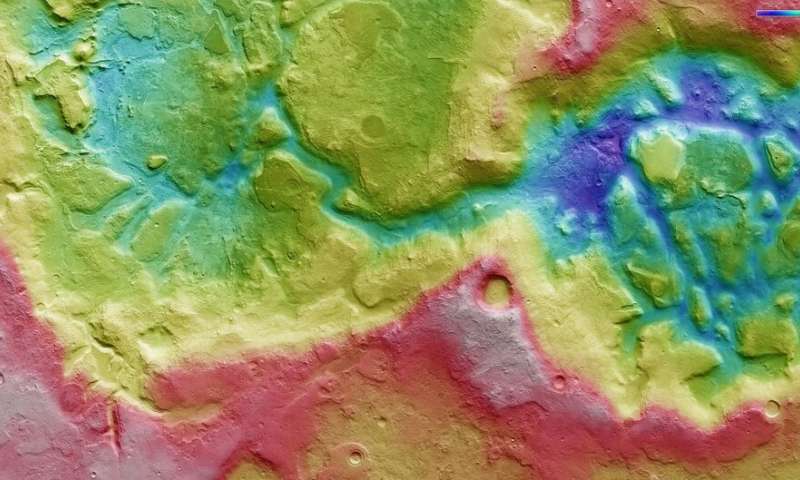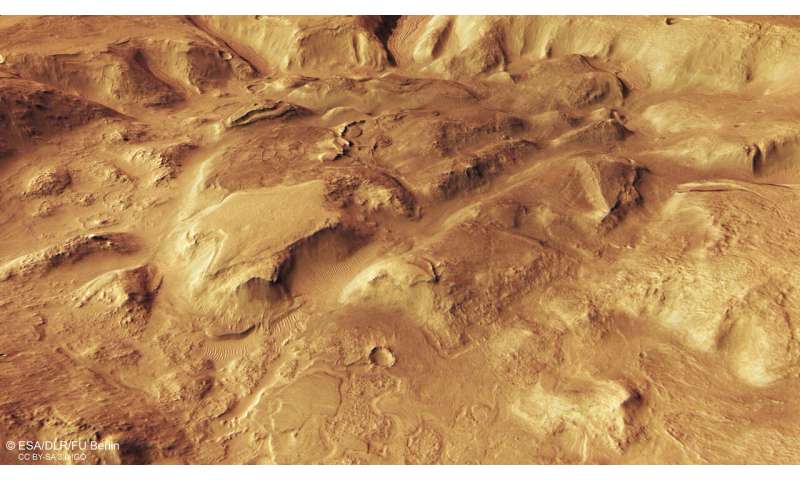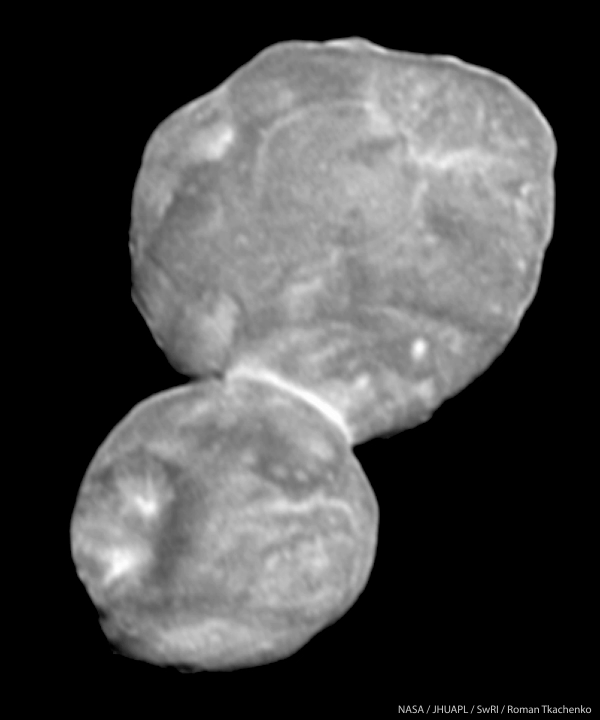
By far the largest proportion of soybeans grown worldwide is used for animal feed. This is particularly problematic because soybean cultivation inflicts massive environmental damage on supplier countries. The Institute of Agricultural and Nutritional Sciences at Martin Luther University Halle-Wittenberg (MLU) is therefore currently researching domestic alternatives as part of the SilaToast project. This project is conducted jointly with the Saxon State Office for the Environment, Agriculture and Geology (LfULG), with the aim of determining what special handling alternative feedstuffs will require to equal the nutritional value of soybeans.
Soy is a popular feedstuff mainly due to its high protein content. However, its cultivation has been criticized on several grounds. For one, most soybeans, grown primarily in South America, are genetically modified, a practice which European consumers increasingly object to. Soybean cultivation also destroys important ecological areas such as rainforests, and their transport over long distances pollutes the environment. The overall poor environmental footprint of soya has led the Federal Ministry of Agriculture and Food (BMEL) to support research into substitutes. It funds the joint MLU and LfULG SilaToast project for testing two native legumes, the pea and the field bean. "Our main goal is to improve the feed value of regionally produced feedstuffs by fermentation and thermal treatment so they can replace soy protein both quantitatively and qualitatively," states Prof. Dr. Olaf Steinhöfel, MLU honorary professor and the LfULG's project lead. However, this is not the only motivation. "Domestic legumes also benefit agriculture, the environment, and the climate in multiple ways," according to Annette Zeyner, professor of animal nutrition at the MLU. They loosen the soil and store nitrogen from the air, which other plants are incapable of.
Peas in particular contain copious amounts of protein and starch. "But at this point they don't measure up to soy, partly because they contain many so-called anti-nutritive factors," Zeyner explains. These are substances that hinder the absorption of valuable nutrients. However, the problem is relatively easy to solve, as Zeyner's working group has discovered. For one, anti-nutritive ingredients are largely degraded by normal agricultural ensiling practices. Another method for boosting the legume's nutritional properties, although not yet widely used in combination with ensiling, is heat exposure. Thermal treatment does more than just further degrade the anti-nutritive factors in peas.
In a recent study, Zeyner and her collaborator Dr. Martin Bachmann were able to show that it also keeps the proteins from being decomposed as quickly by bacteria in the rumen of cows and other ruminants. Decomposition that happens too soon is problematic for two reasons: one, a large amount of nitrogen is excreted via the fecal matter and can thus enter the groundwater as a nitrate or the air as nitrous oxide, a potent greenhouse gas, and, two, valuable essential amino acids are lost in the process. These need to survive the passage to the small intestine to be absorbed there. This is particularly important in order for dairy cows to achieve sufficient production.
"The sticking point is that overheating in turn damages the proteins," says Zeyner. The project therefore determined the optimal temperature, length of thermal treatment, and silage moisture content. In laboratory testing, Bachmann was able to show that ensiling and thermal treatment did not impact gas and methane production. Scanning electron microscope imaging moreover showed that starch molecules were not altered by heating.
More information: M. Bachmann et al, Effects of toasting temperature and duration on in vitro ruminal gas production kinetics and post-ruminal crude protein from field pea (Pisum sativum) legume grain silages, Livestock Science (2020). DOI: 10.1016/j.livsci.2020.103944

